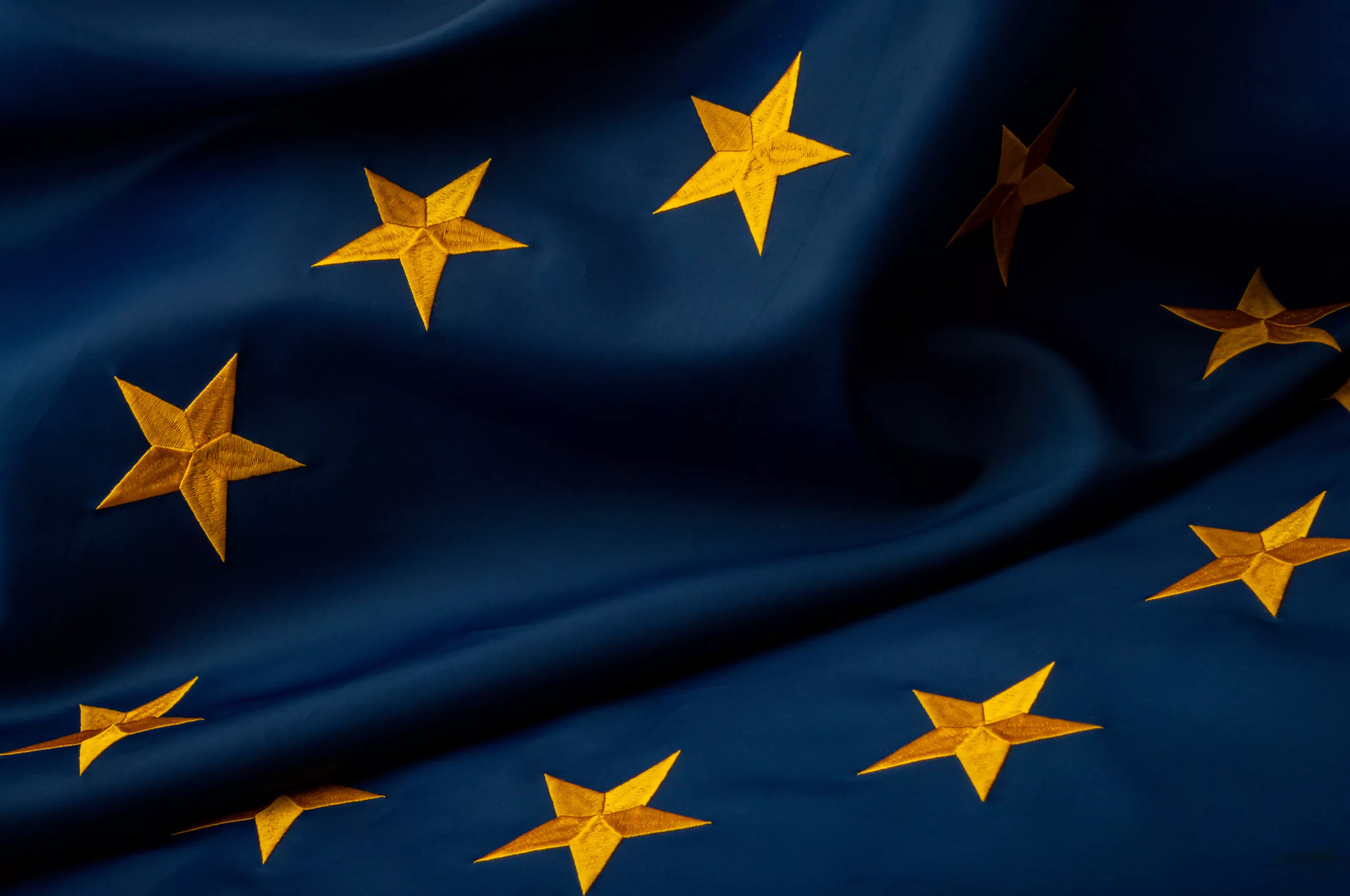- Veröffentlichung:
09.09.2021 - Lesezeit: 8 Minuten
User-Centered Design: user-oriented software development
In the ever-growing jungle of digital products, software proves to be particularly successful if it is quickly understood by the user:in and is user-friendly to operate. User-Centered Design helps software designers consider user needs in the design process.
What is User-Centered Design?
Users can no longer and do not want to attend lengthy training courses in order to be able to use a software. Mobile apps have trimmed users to maximally intuitive operating concepts, so that a catchy user interface has gone from being an excitement factor to a basic factor. The concept of user-centered design has been established to ensure that user requirements are taken into account as early as the software design stage and that the software is highly accepted by the user.
The concept of User-Centered Design encompasses all activities of product development, focusing at all times on the user and his or her needs. The process ensures the design of a product along user requirements. This means that the user experience is not only planned from the outset as an integral part of the result, but becomes a central aspect.
The challenges of traditional software development
If one asks in the development project about the involvement of users in the design process, their actual involvement is often overestimated. Too often, in the diversity of the daily tasks of the user:inside, the user:inside is pushed into the background. Instead, development is driven by tight schedules, strategic considerations and supposedly optimized use of resources – maximizing functionality in the shortest possible time while avoiding further use of resources. Then a prototype is created that has some functionality but little to no real excitement factors. Such systems can be found in every company and no user is happy that they are there.
What's different about user-centered design?
The User-Centered Design concept provides steps, processes, and recommendations that keep the focus on meeting user needs, even in the complex day-to-day project environment. Before the actual software development begins, a basic analysis of the users and their needs is carried out. The final concept is developed in an iterative process of prototypes and validation rounds with future users. The result is a digital product that already enjoys a high level of user acceptance.
User-Centered Design is part of the ISO standard 9241-210
The idea of user-centered design is also reflected in the ISO standard 9241-210:2019 (Process for designing usable interactive systems). The goal is to create attractive user interfaces that can be operated by the user:in largely through experiential knowledge.
Basic concepts of the Iso-Norm of User-Centered Design:
- User understanding: Really understand users and analyze their needs.
- User involvement: Users:inside must be involved in the design process
- User feedback: the design is tested by the user:in at an early stage, feedback is recorded and incorporated
- Iterative procedure: The design phases are run through again and again. Feedback is continuously considered and submitted for re-validation.
- Holistic approach: No isolated solutions but integration into an overall concept
- Interdisciplinary work: Involvement of experts from different fields of knowledge and experience
User-Centered Design Process
The process approach in User-Centered Design is iterative. Downstream deliverables are repeatedly validated for their effectiveness in meeting user needs and functional requirements. The process itself is not standardized. Ventum follows an approach that is iterative, especially in defining goals and requirements and in finding solutions. This creates a high degree of planning security for the project in a project-based approach (whether waterfall or agile), taking change requirements into account.
How does it then evolve into a protoype?
A prototype is logically the third stage of development. It can be described as a fully functional, interactive mockup with a highly detailed user interface. It is still a draft, but already behaves like a preliminary finished product. Because of their strong, realistic representation of the expected final product, prototypes can be used to perform simple usability tests and find potential bugs, saving money and time. A prototype is the last stage of development before it is handed over to product development.
1. actual analysis / brainstorming
Depending on whether an existing solution is to be rethought (brownfield) or created from scratch (greenfield), the project always starts with an analysis phase. Current processes, as-is architectures and data models are analyzed and documented. The users are identified and user groups (personas) are derived. Existing challenges and frameworks are identified. The development of a common product vision provides orientation for the following project steps.
2. goal & requirement definition (iterative)
After deriving goals from the vision, requirements are recorded through survey formats. The selection of the survey format must be adapted to the project context. A set of requirements is created. These are related through user journeys and usage scenarios. First artifacts of the specification emerge.
3. solution finding & alternative consideration (iterative)
Solutions to the requirements are now being sought as part of the solution finding process. This is where the actual design process begins. Are there already ready-made solutions on the market or does a proprietary solution have to be created? What will the user journeys of the future look like and what technical framework conditions need to be taken into account in the solution architecture? First prototypes make the target image tangible, which become more and more concrete and tangible for the users through an iterative procedure.
4. solution selection
Based on the available information, a solution path is now selected with which the product vision can be fulfilled.
5. solution specification
The solution is specified. In the process, feedback is repeatedly obtained from potential users in an iterative manner. This is done in the User Centered Design process through extensive user testing, usability testing and analysis. This ensures that the user:in with the intended user journey can also cover his use cases.
6. implementation
Depending on the process model, the specification is implemented in parallel to the requirements gathering. In the early phase of the project, “proofs of concepts” are often performed to quickly validate partial aspects of the solution without performing a complete specification. Depending on the degree of complexity and uncertainties in the specification, implementation is more likely to take place as an agile process model or as a water or V-model.
Is there a blueprint for the methods in the user-centered design process?
The methods used to develop the results of the various process steps in User-Centered Design do not follow a rigid construct. Depending on the user landscape, the product vision and the business environment, the appropriate survey and design methods are used.
“User-centered design doesn’t go by the book; it has to be tailored to the project.”
– Matthias Müller, Ventum Consulting
A comprehensive set of methods and the experience of experts – also from different disciplines – are particularly helpful here in determining which methods should be used in the current project situation. In addition, aspects of economic viability (digital business modeling) must of course be taken into account and how the solution ideas can be implemented technically. For this purpose, we rely on creativity techniques such as Design Thinking or Lean UX.
Advantages resulting from the User-Centered Software Design
The user-centered design of software highlights advantages that lie primarily in user acceptance, applicability, efficiency and security of the system
- User acceptance: The consistent involvement of users ensures that the new software can cover existing and new use cases. At the same time, the involvement of the users creates a “we” feeling. Possible gaps in the system are accepted by users and solutions are found jointly.
- Usability: Usability is ensured through early mockups. The users:inside the system co-design their working environment. This ensures that users are able to use the software right from the start, even without a comprehensive training concept.
- Efficiency: The system covers the use cases that the user:in needs. The user journey is deliberately kept short and uncomplicated. In this way, the system achieves that its users:in stay in the system as short as possible for a use case and reach the goal as quickly as possible. As a result, a user-centric system thus improves the efficiency of the business process.
- Safety: A system that is co-designed by users reduces the probability of application errors. Especially in complex structures, security gaps often arise due to application errors. Software that the user understands is less likely to be used incorrectly.
Should you implement user-centered design in your business?
Whether your software is designed for specialized business users or your customers, user-centric software creates competitive advantage. An application developed according to the User-Centered Design process ultimately brings financial benefits and creates motivation. Ventum Consulting helps you to plan and implement your digitization project. We support you right from the start with direct expert contact during project initialization, planning and implementation.
Your project is in the starting blocks? Contact us.
You are at the beginning of a software development project or want to transfer an existing software into a modern architecture? Ventum Consulting supports you in recording the system requirements and the system design. We would be happy to evaluate your consulting needs in a joint discussion.




